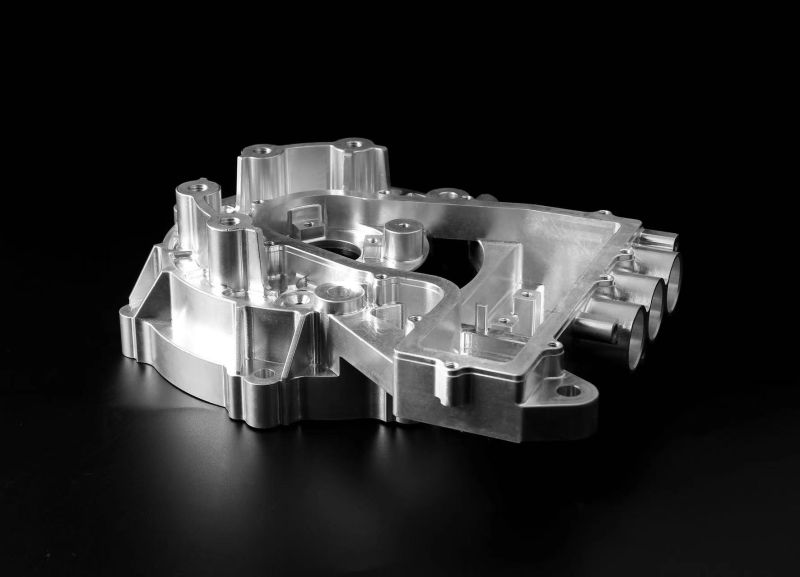Automobile engine housing mainly has the following important uses.
One is to protect internal components. There are many precise and high-speed parts inside the engine, such as crankshaft, piston, etc., the housing can prevent external dust, water, foreign matter, etc. from entering the engine to damage these parts, and play the role of physical barrier.
The second is to provide the installation base. It provides a stable installation position for various components of the engine, such as the engine cylinder block, oil pan, valve chamber cover and other components are fixed on the housing to ensure that the relative position between the components is accurate, so that the engine can be assembled and operated normally.
The third is the bearing and transmission force. The engine will produce a variety of forces when working, including the reciprocating force of the piston, the rotating force of the crankshaft, etc. The housing can withstand these forces and transfer the force to the frame of the car to ensure the stability of the engine during the working process.
The fourth is the sealing effect. The casing seals the engine’s lubricating oil and coolant, preventing them from leaking. For example, sealing the oil passage circulates the oil inside the engine, providing lubrication to the components without leakage; Water channels are sealed to ensure proper circulation of coolant to regulate engine temperature.
Engine casing processing technology is a relatively complex process.
The first is blank preparation. Can be cast blank, like aluminum alloy casting, can produce close to the final shape of the shell, reduce the amount of subsequent processing; It can also be forged blank, which has good material properties.
Then comes the roughing stage. It is mainly to remove a lot of excess material and quickly process the blank into a rough shape. The use of large cutting parameters, such as large cutting depth and feed, generally using milling processing, the main outline of the engine housing for preliminary processing.
Then there is semi-finishing. At this stage, the cutting depth and feed amount are smaller than the roughing, the purpose is to leave a processing allowance of about 0.5-1mm for finishing, and further improve the shape and dimensional accuracy, which will process some mounting surfaces, connecting holes and other parts.
Finishing is a crucial step. Small cutting amount, pay attention to surface quality and dimensional accuracy. For example, the mating surface of the engine housing is finely milled to meet the surface roughness requirements, and the holes with very high precision are hinged or boring to ensure roundness and cylindricity.
In the processing process, it will also involve the heat treatment process. For example, the aluminum alloy shell is aged to improve the strength and dimensional stability of the material.
Finally, the surface treatment. For example, the engine casing is sprayed with protective paint to prevent corrosion, or anodized to enhance surface hardness and wear resistance.
Post time: Jan-03-2025

